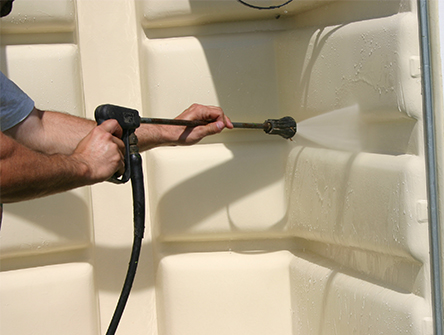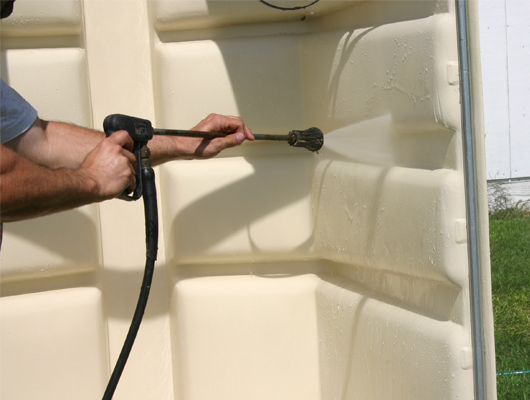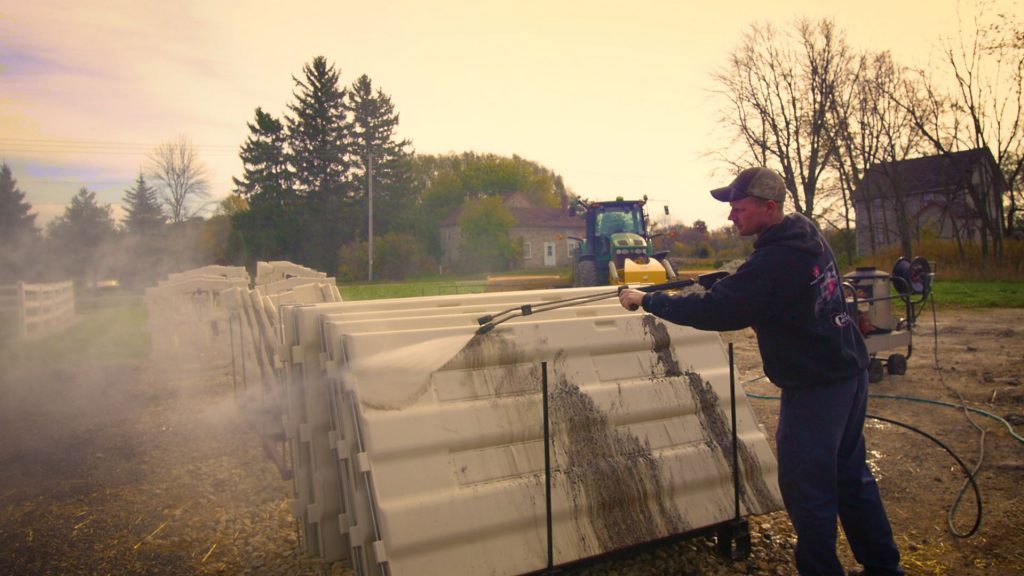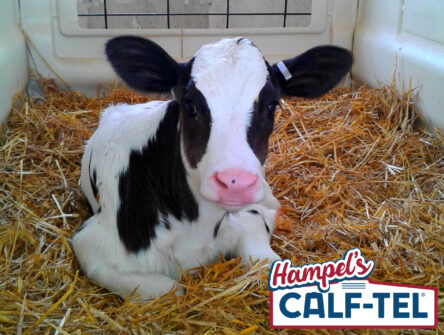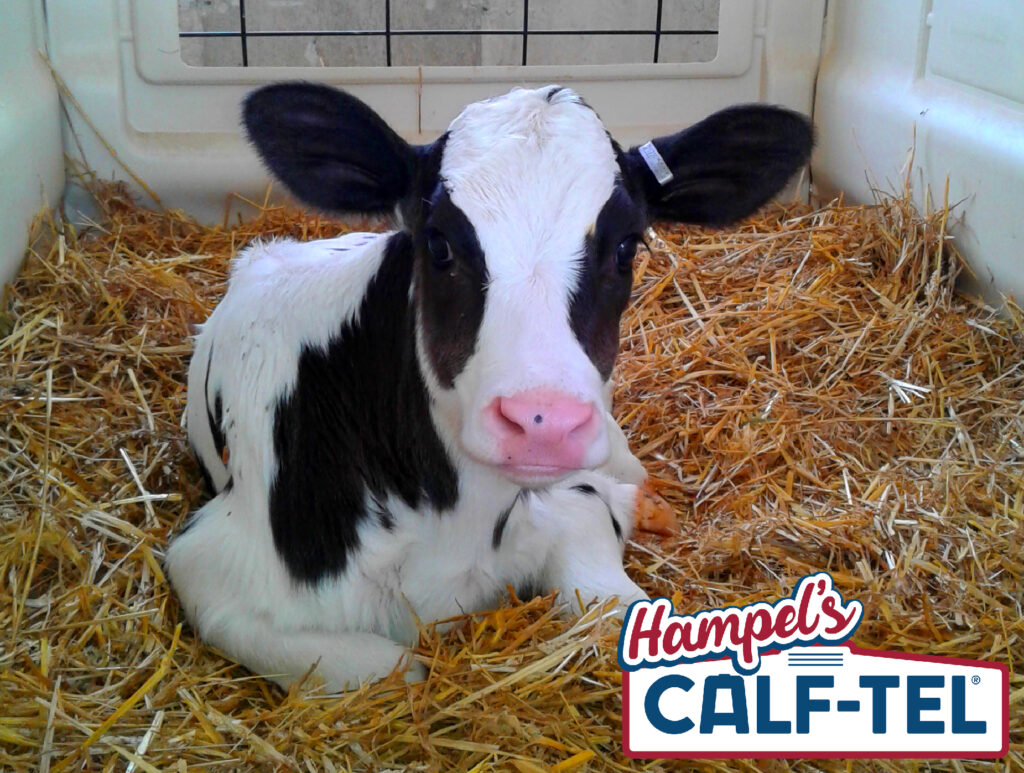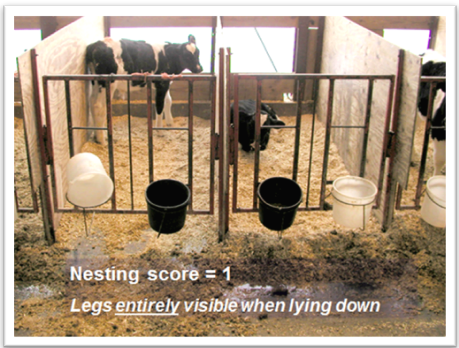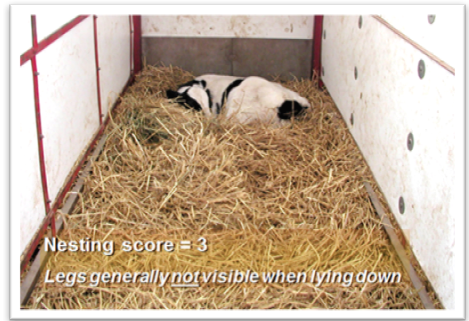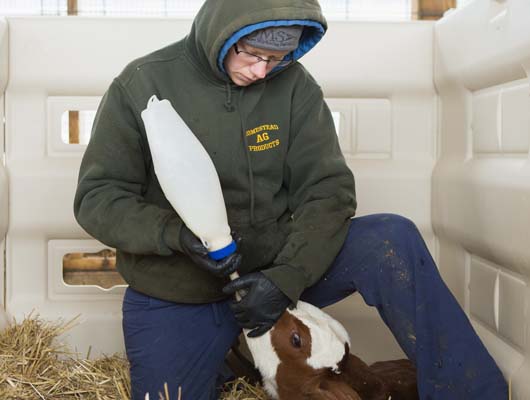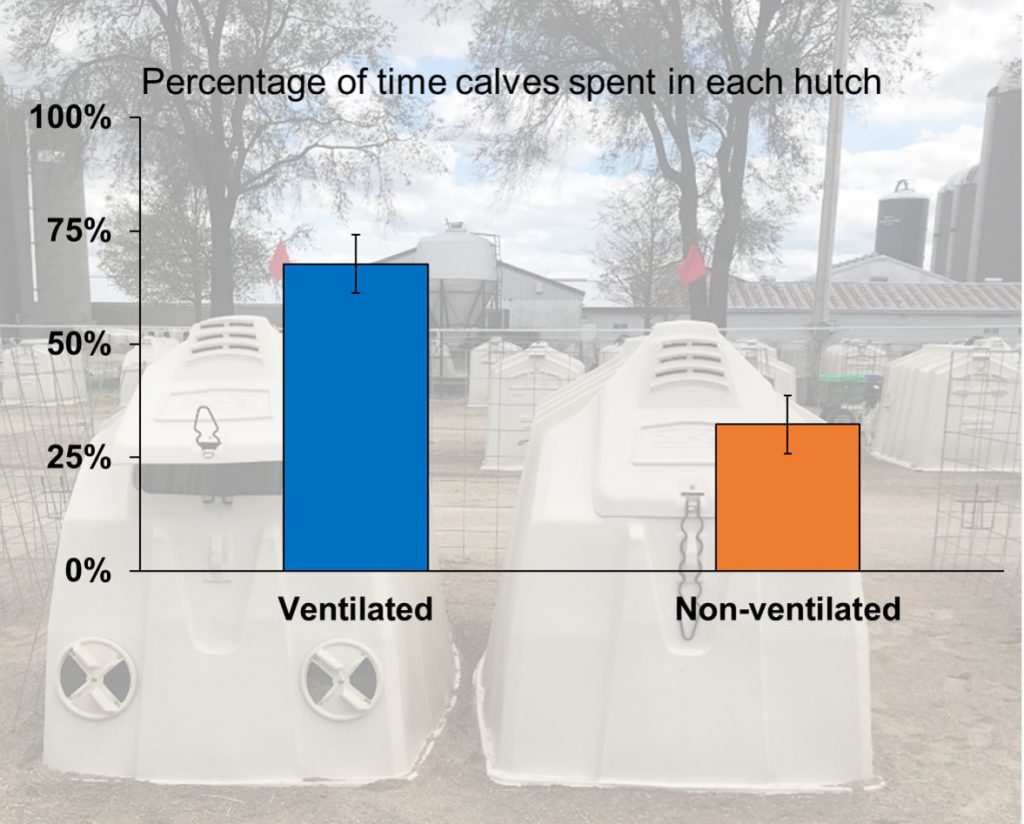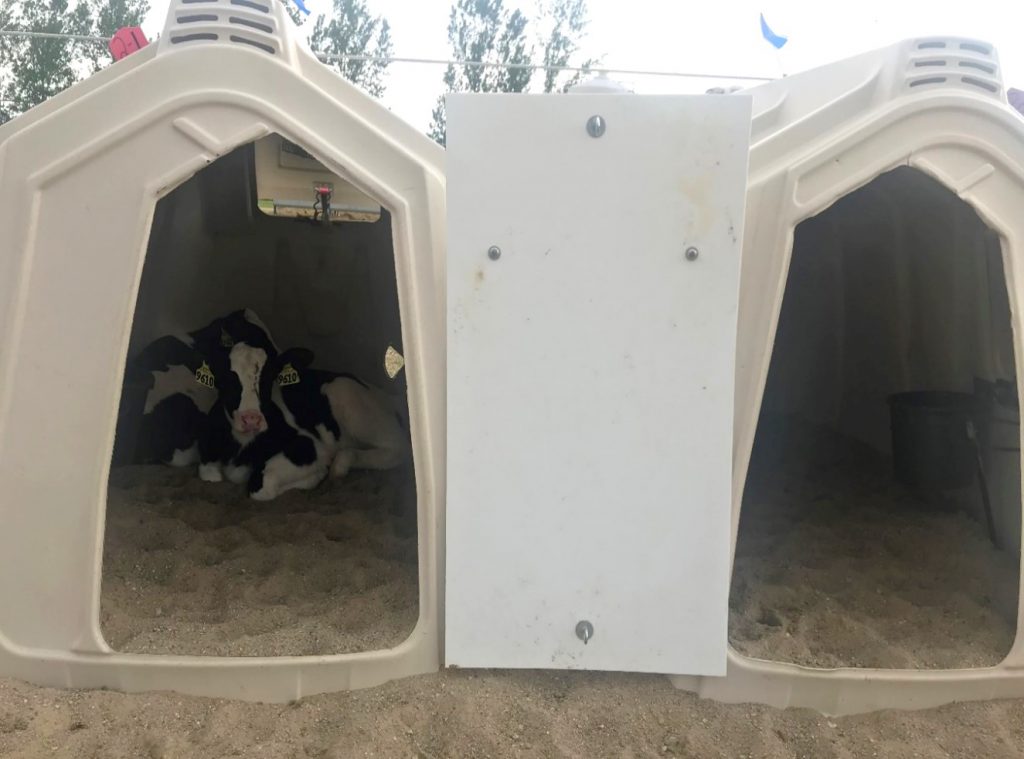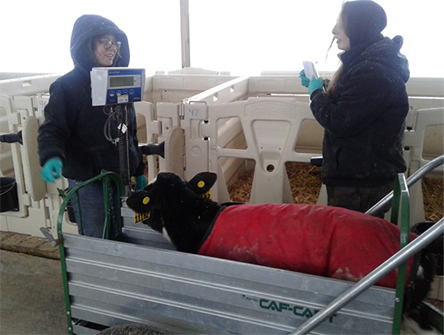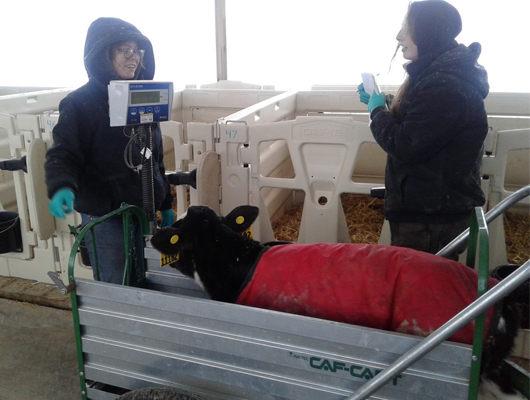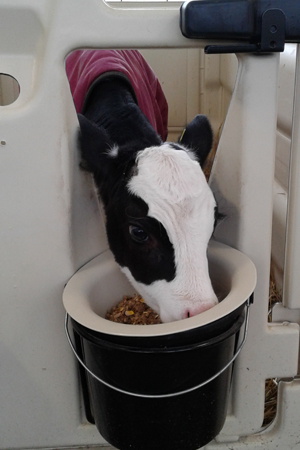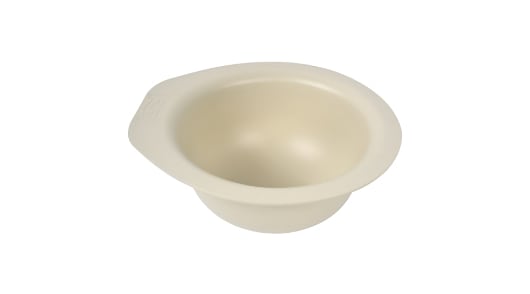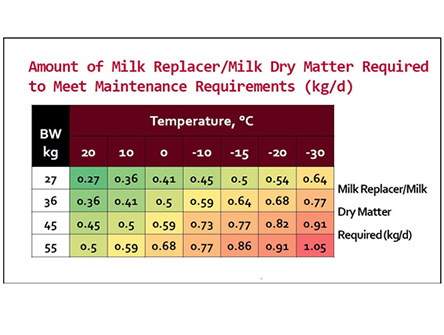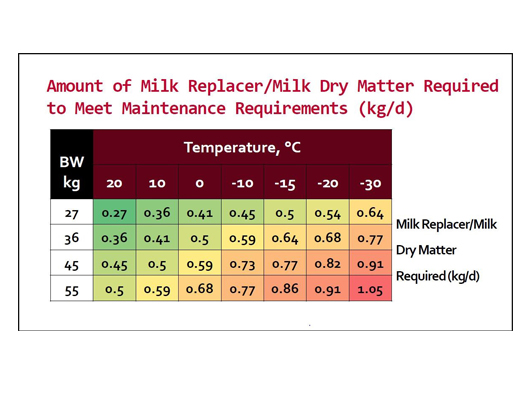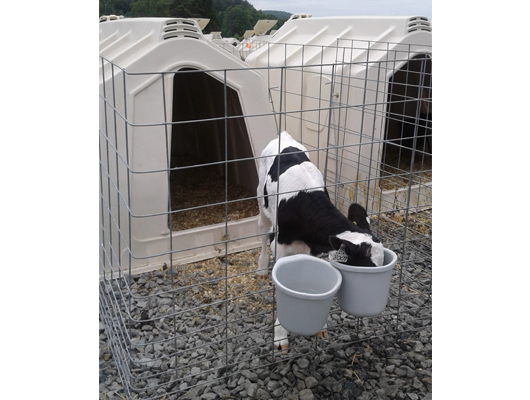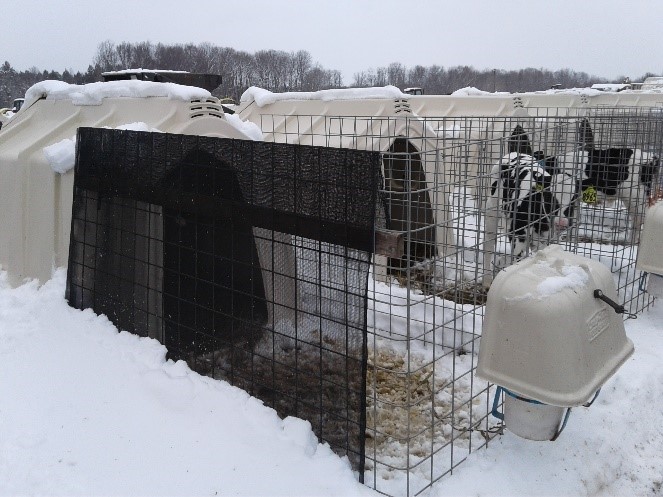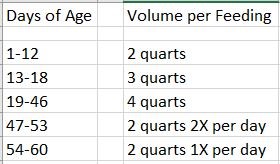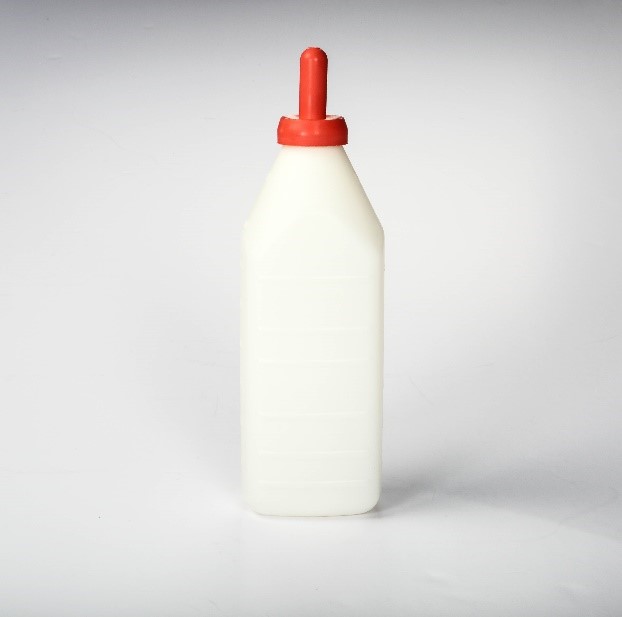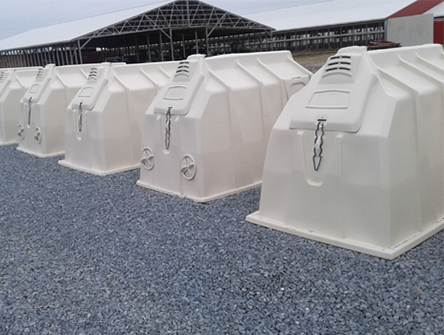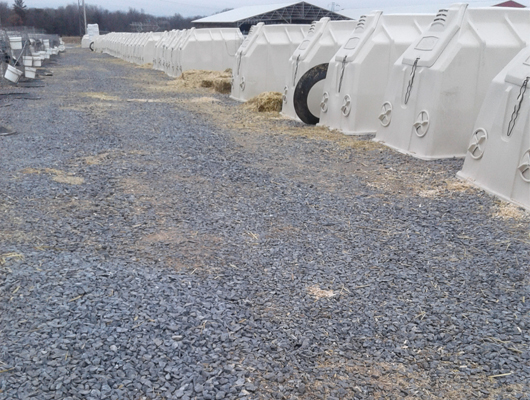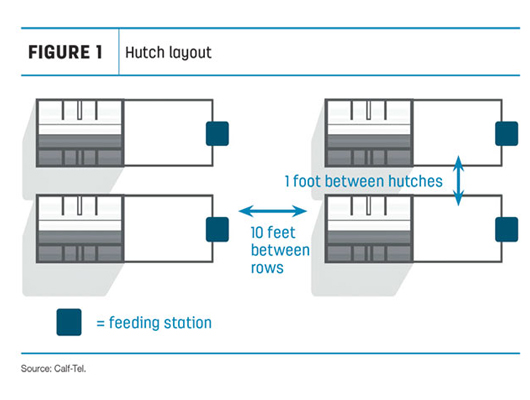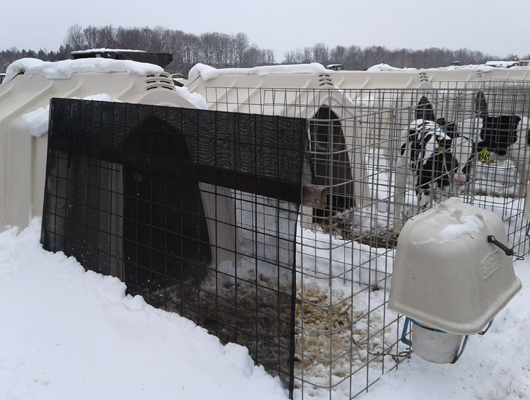By Robert Corbett, DVM, PAS, DIPL. ACAN, Dairy Health Consultant
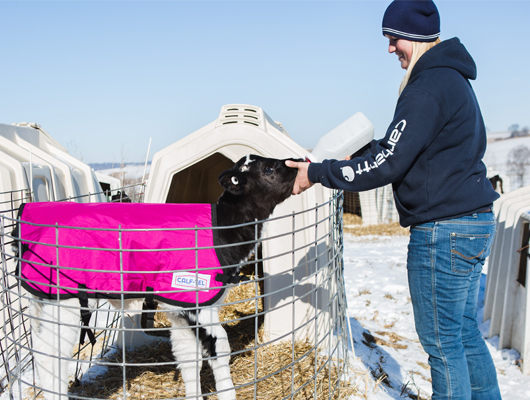
The most common calfhood disease that results in the highest economic loss to the dairyman is diarrhea. Dehydration and acidosis are the most important issues that have to be corrected in the majority of diarrhea cases. Most individuals responsible for treating sick calves understand the importance of rehydrating the calf and are generally familiar with the use of oral electrolyte solutions.
However, choosing which oral electrolyte to use, unfortunately, is often based on price, or the recommendation of the animal health route person that visits the calf operation. The dairy industry has been suffering from low milk prices for the past several years, so the emphasis on using less expensive products has been a high priority on most operations. It is common for the larger operations to purchase their oral electrolyte product in bulk to reduce the cost per treatment. Even though the bulk products usually contain a scoop that is supposed to deliver the exact dose needed for 1 treatment, this is often increased by a heaping scoop or perhaps more than one scoop on the premise that if a little bit is good, a lot would be better.
When choosing which product to use, it is generally assumed by those purchasing the electrolyte that they are all created equal, so price is the major factor in determining which product to buy. Another factor often considered is how well the calf will drink the oral electrolyte solution so that administering it by stomach tube will be less frequent. When looking at the labels, it is very difficult to compare one product to another. The ingredients in electrolyte are often expressed in different ways such as percentage, grams, milliequivalents per liter, etc., making it next to impossible for those who are purchasing the product to determine which product is the best as far as its ability to rehydrate the calf. In addition to this, there hasn’t been much information provided to the dairyman as far as what concentrations of the individual ingredients are optimum to rapidly restore the normal physiological state of electrolyte balance and hydration. Dr. Geoff Smith from the University of North Carolina has published several articles on this complicated topic for veterinarians, to help them better understand the physiology of rehydrating the calf and correcting acidosis, and thus be able to better advise their clients on this topic. The majority of the information on electrolyte formulation in this article is taken from a chapter written by Dr. Geoff Smith from Veterinary Clinics of North America 2008.
Diarrhea results in rapid loss of the extracellular fluid volume (ECF) with a slight increase in intracellular fluid (ICF). As stated by Dr. Smith “Sodium is the osmotic skeleton of the ECF and therefore of plasma”. Since sodium is the main determinant of the ECF, it must be included in a well-formulated electrolyte product in sufficient amounts to rapidly reestablish a normal state of hydration. There is not an exact amount of sodium that is recommended, but rather a range which was determined by the various research articles that have been published on the topic. Dr. Smith recommends that the sodium concentration be between 90 and 130 mmol/L (millimoles per liter).
Even though calves do lose some chloride with diarrhea, it is not lost in near the amounts that sodium is. Dr. Smith recommends that the chloride concentration be between 40and 80 mEq/L (milliequivalents per liter) with concentrations toward the lower end of the scale probably being better.
Potassium is also lost in the feces of calves with diarrhea. All calves with diarrhea will have a total body deficit of potassium. However, some calves with acute severe diarrhea may actually have a level of potassium that is higher than normal at the same time. When a calf becomes dehydrated, it releases a hormone called aldosterone from the pituitary gland which tries to conserve sodium and water in the kidneys, but at the expense of potassium. Dr. Smith recommends a potassium concentration of 10 to 30 mmol/L in oral electrolyte formulations.
The absorption of sodium in the small intestine is a passive process. There must be some other substance that is actively absorbed in the product in order to facilitate the absorption of sodium. The most common ingredient added to an electrolyte product to enhance sodium absorption is glucose. Glucose is also an important energy source in the diarrheic calf since most calves are in a state of negative energy balance during the episode of diarrhea. Neutral amino acids such as glycine, alanine and glutamine have been shown to increase sodium absorption. Glycine is the most common one added to oral electrolyte solutions. It is generally assumed that including both glucose and a neutral amino acid will further improve sodium absorption above that of glucose alone. Volatile fatty acids such as acetate or propionate have also been shown to enhance sodium absorption. It is also thought that adding a volatile fatty acid to the electrolyte will further enhance sodium absorption as well.
Osmalality is defined as the concentration of a solution expressed as the total number of solute particles per liter. The osmolality of the oral electrolyte solution is extremely important since it has a direct effect on how fast and complete the electrolyte solution is absorbed across the intestinal epithelium into the bloodstream of the calf. Osmalality is quite a complex subject, so only the basic information needed to determine which product would be recommended on farm will be provided. The osmolality of the various electrolyte products varies tremendously. Electrolyte products that are considered to be isotonic (the same osmolality as that of the ECF of the calf) would be in the range of 280-300 mOsm/L (milliosmoles per liter). Those that are extremely hypertonic (much more concentrated) may have an osmolality as high as 700-800 mOsm/L. If the osmolality of the electrolyte solution is significantly higher than the ECF the absorption of the electrolyte is greatly decreased, and could also result in the flow of fluids into the lumen of the intestine, causing the diarrhea to become more severe.
The main factor in determining the osmolality of an electrolyte solution is the amount of glucose in the product. The other ingredients also add to the osmolality. As mentioned previously, glucose not only enhances sodium absorption, but is an important energy source as well. The osmolality at the tip of the intestinal villus is approximately 600 mOsm/L. Therefore, the extremely hypertonic electrolyte solutions could actually result in fluid loss. Since there is already an excess secretion of fluids across the gut membrane, these extremely hypertonic solutions have the potential to increase fluid loss.
The amount of glucose in the electrolyte solution is important as an energy source, but also has a major influence on the osmolality of the product. The general recommendation is that there is between 2 and 3 grams of glucose per kg of body weight of the calf. When choosing which product to use, both the osmolality and the total amount of glucose in the electrolyte must be considered together. The extremely hypertonic electrolyte solutions often result in a slowing down of the abomasal emptying, often resulting in abomasal bloat and/or abomasitis. Dr. Smith recommends that the osmolality of an electrolyte solution be no more than 500 mOsm/L. The osmolality of the oral electrolyte solution is absolutely critical in how fast it is absorbed. For this reason, the dairyman should know what the osmolality is of the product they are using, and each company selling an oral electrolyte should know what the osmolality is. The osmolality is more important than having a high level of glucose in the product.
Almost all calves that have diarrhea will develop acidemia and metabolic acidosis. Correcting this acidosis is an important function of a well formulated oral electrolyte solution. Calves can be rehydrated but still suffer from metabolic acidosis. For this reason, it is important that an alkalinizing agent be added to the electrolyte formulation. This would include bicarbonate, acetate, and propionate. Bicarbonate is effective as an alkalinizing agent in its original state. Both acetate and propionate have to be metabolized in the liver to be effective as an alkalinizing agent. Even though this process is somewhat slower, it does not appear that there is any major difference between these two types of products as far as correcting metabolic acidosis in the calf.
Bicarbonate will lower the pH of the abomasum. If feeding whole milk, this will interfere with the normal clotting of the milk. Most milk replacers use whey protein as the protein source and these proteins do not form a clot in the abomasum, so bicarbonate will not have an effect on these types of milk replacers. Another important point is that a low pH in the abomasum is an important deterrent to bacterial pathogens such as E. coli and Salmonella. These pathogens are susceptible to a low pH and the majority of them are prevented from passing on into the small intestine if a low abomasal pH is maintained.
Acetate and propionate do not lower the abomasal pH. They also facilitate the absorption of sodium as previously mentioned. When metabolized in the liver, these volatile fatty acids are also an energy source, which bicarbonate is not. They will not interfere with the normal milk clotting process of whole milk.
Some electrolyte formulas contain Psyllium or some other gelling factor. This will slow down gastric emptying as well as absorb fluid from the intestine. However, this does not have an effect on rectifying dehydration since the fluid is still in the intestinal lumen and not in the ECF. It is generally not recommended to use these types of agents for this reason. These products will often result in less volume of diarrhea, giving the caretaker a false impression that the calf is improving, when in fact the process of improving hydration is not progressing.
Ideally, administration of oral electrolyte solutions should be spaced evenly between milk feedings to gain the maximum benefit of rehydration. This is often difficult to implement from a management aspect. Milk feedings are rarely spaced evenly apart. If feeding two times a day, it is common that the two feedings are actually spaced less than 8 hours apart so that one shift of employees can handle both feedings. This results in periods of more than 16 hours before the next morning feeding. The electrolyte feeding should be administered midway between the two milk feedings. The ideal situation would be to feed two feedings of oral electrolyte solution per day, one between the two feedings and the other after the last feeding, as far apart as possible. However, this rarely happens without having at least two shifts of employees working in the calf operation.
It is also advisable not to mix the oral electrolyte solution with milk or milk replacer. Milk products also have an osmolality, and when mixed with an oral electrolyte solution, this will increase the osmolality of the combination, likely resulting in an extremely hypertonic solution that could exacerbate the diarrhea problem. If the electrolyte solution has to be fed close to the milk feeding, it might also be advantageous to feed the milk replacer at a level of 12 to 12.5% solids.
Many dairies are feeding an increased level of solids which is beneficial for increasing growth and average daily gain. If currently feeding an increased level of solids, it would be beneficial to reduce the solids to 12 to 12.5% if it is necessary to feed the oral electrolyte solution close to the milk feeding.
There are some common mistakes that are made in the treatment of calf diarrhea. One is discontinuing the feeding of milk during treatment. The milk is the major source of nutrients for the calf and also its immune system. If treated correctly, most calves should be able to maintain a positive weight gain during a bout with diarrhea. Another is the use of oral antibiotics to treat all cases of diarrhea. In general, unless the calf has an elevated temperature, oral and systemic antibiotics are contraindicated. This will have a significant negative effect on the microbiota of the gastrointestinal tract which is important in maintaining the mucin layer of the gut lining, maintaining the gut-associated immune system, competitive inhibition of pathogens, and digestion of nutrients passing into the small intestine.
Following is a summary of the general recommendations of a well-formulated oral electrolyte solution:
- Sodium Concentration 90-130 mmol/L
- Chloride 40-80 mEq/L
- Potassium 10-30 mmol/L
- Osmalality less than 500 mOsm/L
- Strong Ion Difference at least 50 mEq/L
- Contain one or more alkalizing agents: Bicarbonate, acetate, propionate
- Glucose 2-3 grams per kg body of the calf
- Contain glucose, neutral amino acids, and volatile fatty acids to facilitate sodium absorption
In his chapter in VCNA, Dr. Smith has an excellent summary statement to veterinarians: “Practitioners should focus on selecting oral electrolytes solutions that satisfy the following four requirements: (1) supply sufficient sodium to normalize the ECF volume, (2) provide agents that facilitate absorption of sodium and water from the intestine, (3) correct the metabolic acidosis usually present in calves with diarrhea, and (4) provide energy. Additionally, the oral electrolyte should not cause any deleterious effects (such as abomasal bloat). Because veterinarians are often not directly involved with the administration of oral electrolytes to calves, it is important that they examine the electrolyte product being used in their clients’ herds and make recommendations when appropriate.”
It is important that the dairy or calf ranch is familiar with these general recommendations of the levels of ingredients in a well-formulated oral electrolyte solution so they can choose the best electrolyte product possible that is available to them. Proper administration of a high-quality product is necessary to correct dehydration and metabolic acidosis, resulting in a more rapid correction of these issues and a decreased morbidity and mortality rate in young calves. Every dairy should be able to obtain the goal <1% death loss in the milk fed calves if a good nutrition program exists along with good management, hygiene and cleanliness of the environment. This should result in a lower incidence of calfhood diarrhea as well. Implementing the proper use of a high-quality oral electrolyte solution should also be part of a well-managed calf raising operation.
Dr. Robert Corbett, DVM, PAS, DIPL. ACAN earned his B.S. and D.V.M. degrees from Washington State University. He has worked in dairy practices in Idaho, Texas and Utah, including consulting work in 13 states and several countries worldwide. He has published over 160 articles, taught over 500 seminars, and continues to consult with five major companies worldwide involved in providing supplements and additives in dairy cattle rations. This article is reprinted with permission from the March-April 2020 issue of Dairy World, published by IBA, Inc.
Courtesy of our dealer – CRI REPRODUCCIÓN ANIMAL MÉXICO SA DE CV.

